|
Porsche has increased the capacity for the high-voltage battery in Cayenne plug-in hybrids The gross capacity of the high-voltage battery is now 17.9 kWh rather than 14.1 kWh, which is an increase in the electric range of up to 30 per cent. Measured in line with the WLTP EAER City cycle, the Cayenne E-Hybrid can now cover up to 48 kilometres with zero local emissions (NEDC: up to 56 km; Cayenne E-Hybrid: Fuel consumption combined 2.5 – 2.4 l/100 km; CO2 emissions combined 58 – 56 g/km; Electricity consumption combined 22.0 – 21.6 kWh/100 km; Cayenne E-Hybrid Coupé: Fuel consumption combined 2.6 – 2.5 l/100 km; CO2 emissions combined 60 – 58 g/km; Electricity consumption combined 22.4 – 22.0 kWh/100 km (all as of 10/2020)), while the Turbo S E-Hybrid covers up to 42 km (NEDC: up to 53 km; Cayenne Turbo S E-Hybrid: Fuel consumption combined 3.3 –3.2 l/100 km; CO2 emissions combined 75 – 72 g/km; Electricity consumption combined 23.3 – 22.8 kWh/100 km; Cayenne Turbo S E-Hybrid Coupé: Fuel consumption combined 3.3–3.2 l/100 km; CO2 emissions combined 76 – 73 g/km; Electricity consumption combined 23.5 – 23.0 kWh/100 km (all as of 10/2020)). All Cayenne E-Hybrid models therefore meet the current range criterion that entitles owners to an “E” number plate and reduced company car tax in Germany. The purely electric powertrain in all plug-in hybrid Cayenne models, including the even sportier coupé version, comprises an electric motor integrated into the eight-speed Tiptronic S automatic transmission. This powertrain delivers an output of 100 kW (136 PS) and 400 Nm, generating a purely electric top speed of 135 km/h. Any increased power demand from the driver or switching to the Sport or Sport Plus driving modes activates the internal combustion engine in each model. In the Cayenne E-Hybrid, this is a three-litre V6 turbo with an output of 250 kW (340 PS), which contributes to a system performance of 340 kW (462 PS). The Cayenne Turbo S E-Hybrid models feature a 404 kW (550 PS), four-litre V8 bi-turbo engine, meaning that the hybrid system as a whole has a power output of 500 kW (680 PS). Optimised driving modes for greater efficiency The driving modes of the standard Sport Chrono Package have been optimised to further improve efficiency and performance. E-Charge mode, in which the internal combustion engine charges the battery via load point shifting during a journey, now links to an adjusted charging strategy: the target state of charge of the battery has been reduced from 100 to 80 per cent. Much like a smartphone battery, the battery charges much more slowly and inefficiently when the battery’s state of charge reaches approximately 80 per cent or more. This strategy also provides a way of ensuring that full recuperation power is available at all times. E-Charge mode is therefore even more efficient than it was before. In the performance-oriented Sport and Sport Plus modes, the battery is always charged to a minimum level to provide sufficient boost options for a sporty driving style, and it is now charged even more effectively at a higher, consistent charging power – at an average of 12 kW on the Cayenne Turbo S E-Hybrid in Sport Plus mode, for example. Intelligent charging with the Porsche Mobile Charger Connect Most drivers charge their vehicles at home so a conventional domestic or industrial electrical socket is sufficient for charging all Porsche plug-in hybrid models. Depend-ing on the vehicle model, a charging power of up to 7.2 kW can be achieved with the Porsche Mobile Charger Connect. Using a Mode 3 charging cable, it is also possible to charge at public charging points. The Mobile Charger Connect offers several intelli-gent charging functions: A timer ensures that the vehicle is ready by the specific time that the driver plans to set off. In addition to a pre-defined charging target, specific air conditioning options can be selected. All functions can be controlled via the Porsche Connect App as required. The range of functionality is extended even further in conjunction with the optional Home Energy Manager: This systems looks at the total energy consumption of the driver’s home to determine the maximum charging power that can be generated without overloading the domestic connection.
Too cold? Too warm? Humans can be sensitive to temperature fluctuation. Now Porsche’s automatic climate control system in the latest generation of Porsche 911 intelligently ensures a sense of comfort. Porsche engineers have intelligently refined it once again for the latest generation of Porsche 911 Cabriolets. The challenge: while the interior temperature sensor is a central control variable in a closed vehicle, many additional influences are added when driving in the open air. This is why the new cabriolet control system slowly suppresses this sensor as the soft-top is opened. The complex automatic climate control system now processes around 350 signals in half-second intervals in coordination with twenty external and twenty internal interfaces. Sensors continuously record parameters, such as outlet, outside, and coolant temperatures as well as engine speed, insolation, and vehicle speed. The interfaces relevant to the climate control unit include the control units for the engine, soft-top, doors, and seats. The climate control system uses this data stream to continuously calculate the optimum air temperature, air outlet volume, and air distribution in the open-top interior. This clever convertible control is particularly noticeable at low speeds. Even in the searing summer heat of the city, 911 Cabriolet drivers are surrounded by a pleasant freshness. During top-down excursions in the winter, the Porsche system overrides the conventional comfort formula of “warm feet, cool head.” Instead, the automatic climate control system distributes more warm air via the center air vents for the driver and front passenger. The result: occupants enjoy a cozy veil of heat without having the unpleasant sensation of air being blown in their faces. Blissfully warm hands on the steering wheel; heavy winter jackets head for the luggage compartment. In changing weather conditions, common in spring or fall, the automatic climate control reacts to practically every cloud in the sky with a control adjustment. And it does all of this without any manual intervention. What’s left for the occupants to do? Just to remember their sunscreen and sunglasses and, if it rains, to close the top—and enjoy the drive.
The abbreviation “GTS” stands for the art of classic engine building. The Newsroom talked to 718 model line manager Jan Roth about the new flagship derivative in the series. Mr Roth, what's the story behind the three letters "GTS"? “GTS” stands for “Gran Turismo Sport”. This term was coined in the 1960s with the very first model, the 904 Carrera GTS, a racing car in the classic sense of the term. Porsche wanted to bring this car to the road and turn it into a vehicle suitable for long-distance driving. The result was the GTS with added comfort and homologation. When applied to the GTS models of today, this means they could actually race on the track ... Yes exactly. This is best illustrated by the Cayman and Boxster with their wide spread between tremendous sportiness and everyday usability. In terms of the GTS derivative models today, we approach the design from the opposite angle than in the 1960s. When the Cayenne GTS was launched onto the market in 2007 as the very first 21st century GTS, we wanted to give it a sportier edge. This was also then rolled out in the Panamera, Boxster and Macan models. What position does the GTS 4.0 hold in the 718 family ranking (718 Boxster GTS 4.0: Fuel consumption combined 10.8 l/100 km; CO2 emissions 246 g/km; 718 Cayman GTS 4.0: Fuel consumption combined 10.8 l/100 km; CO2 emissions 246 g/km)? The GTS always comes after the basic and the S model. When we launched the 2.5-litre GTS, we were developing the four-litre six-cylinder engine for the GT4 and the Spyder, the top of the range derivatives of the model series, at the same time. Even in those days, there were considerations to use this engine elsewhere, namely in a slightly downsized version. This evolved into the GTS 4.0, the top model suitable for everyday use, so to speak. Why doesn’t the 718 model series have a turbo model? For historical reasons. In the days of six-cylinder engines, we simply didn’t have the space. In any case, above the 718 series we have the 911, which is Porsche’s more powerful sports car. It makes more sense in our view to let our more track-oriented models such as the GT4 and the Spyder lead the field. You’re talking about the 911 models. How is the 718 model series ranked in the Porsche world? The basic variant of the 718 is the entry-level model into the Porsche world. A relatively large number of buyers then advance to the higher specification variants, the S and the GTS, and then very often the next step is the 911. But statements like these always depend on the specific market. How do the markets differ? In China, for example, we have an average customer age of 32, by far the youngest, and the highest percentage of women with 56 percent. China is already one of the largest single markets for the 718. This is partly attributed to the displacement taxation there which is relatively low on the two-litre four-cylinder engine. What are the top 3 purchase reasons on the individual markets? In China, our concept has helped us gain an edge over many competitors in this segment. As we are positioned in a segment which is within the financial means of many customers, we hold 80 percent of the market share in this segment. An utterly amazing figure. Chinese customers state their main reasons for buying the 718 as the exterior design, brand reputation and the “suits my needs” category. And in the USA? Here performance is the top priority, followed by exterior design and brand loyalty. In Germany, exterior design is ranked highest and then performance and body type, in other words the two-seater concept with mid-engine. All very similar as you can see. Going back to the GTS 4.0. How would you sell this model to a potential buyer?
It offers a great package with all the options needed to have an optimum sports machine on both the racing track and for everyday use on the road. It also looks great and has an excellent sound courtesy of its six-cylinder engine. Not to mention that the car is also a financially attractive investment. Jan Roth has been with Porsche since October 1996 and has worked with the 718 model series since its beginnings. He characterises the cars by saying “mid-engine sports cars have always demonstrated their advantages on tight corners and hairpin bends”. Porsche is extending the functionality of its virtual coach for the race track: the free Porsche Track Precision App can now be displayed directly on the car’s screen using Apple CarPlay® and operated via the Porsche Communication Management (PCM) system. The app was only previously available on smartphones. In the new Version 3.2, Porsche drivers can benefit from an additional 100 pre-programmed race tracks, bringing the total number of international circuits in the app to more than 300. This can be further extended with individual recordings. The training app is available for all current-generation Porsche 911 and 718 models. Porsche brand ambassador Jörg Bergmeister tested the Track Precision App at Bilster Berg circuit and reported: “Data analysis is an fundamental part of motorsport and can be a decisive factor in winning or losing. Using the Porsche Track Precision App, sports car drivers can improve their performance when driving on the circuit, while also documenting and plotting their success.” The Porsche Track Precision App records, analyses and displays individual driving data on the track. The goal is to allow drivers to develop their personal driving styles. To this end, detailed real-time data on speed, longitudinal and lateral acceleration, braking force and engine revs is evaluated while driving. The Porsche Track Precision App is connected to various control units in the car via the PCM and the data from the vehicle’s sensors is recorded by the app and analysed in comparison with a reference lap or personal best. All app functions at a glance
The Porsche Track Precision App offers a unique range of functions both when driving and also for later analysis:
At this year’s World Car of the Year Awards 2020 (WCOTY), the Taycan has seen the checkered flag first in two categories: winning as World Luxury Car and World Performance Car of the Year. At the World Performance Award, it succeeded in a historic triple against the 911 and the 718 Spyder/Cayman GT4. Furthermore, the electric sports car also won World Luxury Car. Michael Steiner - Member of the Executive Board, Research and Development received the awards: “This double win in the categories World Performance Car and World Luxury Car underlines what we wanted to achieve when we developed the Taycan. We wanted to create a driver-focused, fully electric sports car that can take on any Performance Car. At the same time we focused on uncompromised everyday-usability and contemporary, digital luxury and comfort for four passengers. We are delighted that the WCOTY jury rewards these efforts.” Long list of awards in the main markets The vote for World Car of the Year continues a winning streak: the Porsche Taycan, along with the new 911, which was launched last year, has already won around 40 international prizes, predominantly in the main markets of Germany, USA, UK and China. For the Porsche Taycan, these include, for example:
It was also awarded the innovation prize from Connect magazine (Germany). The Porsche 911 was a two-time winner in auto, motor und sport magazine (Germany) readers’ choice for Best Cars – once as a Coupé, once as a Cabriolet – and also won the following awards:
“We are so happy to have been awarded these prizes. They reflect the positive feedback from our customers and are a great incentive for our future work,” says Oliver Blume, Chairman of the Executive Board of Porsche AG. “We see ourselves as pioneers of sustainable mobility and have brought an emotive as well as highly innovative sports car to the road with the Taycan – fully electric and 100 percent Porsche.” AC charging
Charging using Alternating Current. However, electric cars store direct current (DC) in the battery. 240 V/400 V alternating current must therefore be converted into 800 V direct current. This is done by the on-board charger in the vehicle. The Porsche Taycan charges with up to 11 kW. 800-volt technology The Porsche Taycan is the first production vehicle with 800-volt technology. Its drive system components use this voltage. At the same power output, half the cross-section of conventional 400-volt technology is sufficient for cables. In the Taycan, this saves around four kilograms in weight, reduces transmission losses and requires less installation space. The new generation of charging stations developed by Porsche Engineering Services GmbH under the name “Porsche Charging” is designed for 800-volt technology. This significantly shortens charging times because higher power outputs can be achieved. However, the vehicle components and in particular the battery (cooling) must also be appropriately adapted. Combined Charging System (CCS) The CCS plug is a combined plug for AC and DC. Normal alternating current (AC) flows through the upper, round part, direct current (DC) is transmitted through the two contacts in the lower part and is also used for high-power charging. Porsche uses the Combined Charging System as standard in Europe and North America. For Japan and China, Porsche offers the local standards (IGBT, Chademo). DC charging Charging using direct current. Here, the current is charged directly into the battery without further conversion, the rectifier is installed in the charging station. A booster in the on-board charger makes 800-volt power possible. The charging capacity of the Taycan is then up to 270 kW. Hairpin winding The stator coils of the electric motor consist of wires that are rectangular in the Taycan rather than round. The wires are bent and their shape — before they are inserted into the stator's laminated core — is reminiscent of that of hairpins, hence the name “hairpin”. The open ends are welded together using a laser beam. The manufacturing process of hairpin technology is complex, but it allows the wires to be packed more densely and thus increases the amount of copper in the stator. This increases power output and torque for the same volume. Another important advantage for a high-performance car like the Taycan is that a hairpin stator can be cooled considerably more efficiently. Lithium-ion battery The cells of this type of battery consist of an anode, cathode, separator and electrolyte. During discharge, the anode releases electrons. These move to the cathode via an external electrical load, e.g. electric drives, and current then flows. In return, positive lithium ions migrate from the anode into the electrolyte and flow through the separator to the cathode. When charging, a voltage is applied from the outside. The process is reversed: the lithium ions now migrate from the cathode to the anode and are deposited in the graphite lattice (intercalation). Lithium-ion batteries are thermally stable in a wide range. They have a low level of self-discharge and are not subject to any memory effect. Compared to lead and nickel metal hydride batteries, lithium-ion batteries offer a higher energy and power density (volumetric and gravimetric) and are therefore smaller and lighter for the same energy content. Permanently excited synchronous motors Design type electric motors. The rotor of the AC motor is equipped with permanent magnets. They provide a permanent magnetic field in the motor. The advantages include high power density, high efficiency and high power constancy over the entire speed range and in the long term. Pulse-controlled inverter This is the interface between the electric motor and the battery. The pulse-controlled inverter converts the direct current from the battery into alternating current for the electric motor when driving the electric motors. The pulse-controlled inverter determines the frequency of the rotating field in the electric motor’s stator, which sets the speed of the rotor. Energy recuperation The recovery of energy (Latin: recuperare, to recover). When the Taycan's driver presses the brake pedal, the electric motors are used as generators and deceleration therefore initially takes place without the intervention of the mechanical wheel brakes. The kinetic energy of a car is thus converted back into electrical energy, which is routed into the battery. If a car has to be decelerated strongly, more braking power is required than the electric motors can generate. In this case, the conventional (friction) brakes also intervene. A distinction can be made between overrun recuperation and brake recuperation. With overrun recuperation, the electric motors are used for deceleration when the accelerator pedal is released. In brake recuperation, the braking system is used to decide which part of deceleration is realised by recuperation and which part by conventional wheel braking. Porsche presents the new-generation 911 Turbo S for unprecedented power, driving dynamics and comfort. The new range-topping 911 is being launched as a Coupé and Cabriolet. The new 911 Turbo S is powered by a new 3.8-litre boxer engine with two VTG turbochargers, which delivers 478 kW (650 PS; 911 Turbo S Coupé: Combined fuel consumption 11.1 l/100 km; combined CO2 emissions 254 g/km, 911 Turbo S Cabriolet: Combined fuel consumption 11.3 l/100 km; combined CO2 emissions 257 g/km), 51 kW (70 PS) more than its predecessor. Maximum torque is now 800 newton metres (an increase of 50 Nm). The Turbo-specific eight-speed Porsche Doppelkupplung (PDK) cuts the sprint from zero to 100 km/h to 2.7 seconds (0.2 seconds faster), while top speed is unchanged at 330 km/h. The dimensions of the 911 Turbo S have been increased significantly in line with the enhanced driving dynamics: the body is now 45 millimetres wider above the front axle (1,840 mm), and the overall width is 1,900 mm above the rear axle (an increase of 20 mm). Modified track widths, further developed aerodynamics and the new mixed-size tyres contribute to its agility and sportiness: the track is now 42 mm wider at the front axle and 10 mm wider at the rear axle. The adaptive aerodynamics now include controlled cooling air flaps at the front, while the larger rear wing has been designed for even more downforce. For the first time, the 911 Turbo S transfers its power to the road with mixed tyres in two different sizes: it has 20-inch tyres with their unique 255/35 dimensions at the front and 21-inch 315/30 tyres at the rear. New equipment options underline the much sportier image of the all-wheel drive 911. These include the Porsche Active Suspension Management (PASM) sports chassis that has been lowered by 10 mm and the sports exhaust system with adjustable flaps that guarantees a distinctive sound. The new 911 Turbo S Coupé The completely new engine of the 911 Turbo S is based on the 911 Carrera engine generation. It features a completely redesigned charge air cooling system; new, larger VTG turbochargers in a symmetrical layout with electrically adjustable wastegate flaps, as well as the use of piezo injectors, which have significantly improved the vehicle’s characteristics with regard to responsiveness, power, torque, emissions and revving ability. The new six-cylinder engine is aspirated by a new intake system. In this instance, the previous routing of process air and charge air cooling was swapped around: part of the process air now flows through the characteristic Turbo air intakes in the rear side sections. In front of the air filters, now situated in the rear wings, two other airflows have also been incorporated, through the rear lid grille. This means the new 911 Turbo S has four intakes with a larger overall cross-section and lower resistance, helping to improve engine efficiency. Two symmetrical turbochargers with variable turbine geometry (VTG) and larger dimensions replace the previous identical parts. The wheels now rotate in opposite directions on the right and left sides of the vehicle. The diameter of the turbine wheels has been increased by five millimetres to 55 mm, while the 61 mm compressor wheel is now three millimetres larger. The wastegate flaps are electrically controlled with stepper motors. The new 911 Turbo S Cabriolet The harmonious design, which perfectly balances driving pleasure, dynamics and sportiness, is ideally suited for everyday use as well as the race track. The leap in performance of this new generation is particularly noticeable in the sprint from zero to 200 km/h: at 8.9 seconds, the new 911 Turbo S is one full second quicker than its predecessor. Thanks to the enhanced Porsche Traction Management (PTM) all-wheel drive, the transfer case can distribute significantly more torque, with up to 500 Nm being transferred to the front wheels. The new generation of the standard PASM chassis is also even sportier. Faster and more precisely controlled dampers provide significant advantages to the driving dynamics with respect to roll stability, road holding, steering behaviour and cornering speeds. The new front end with wider air intakes has a characteristic Turbo-look with dual front light modules as well as standard LED matrix headlights with dark inserts. The redesigned, pneumatically extendable front spoiler and the larger rear wing deliver 15 per cent more downforce. The muscular rear wing sections with integrated air intakes emphasise the sleek body of the 911 Turbo S. The new look of the rear is completed by rectangular tailpipes in high-gloss Black, typical of the Turbo. The interior of the new 911 Turbo S Cabriolet The interior has a high-quality and sporty finish. The standard equipment list includes a full leather interior and carbon trim in combination with Light Silver accents. A newly designed two-tone interior will be available by Porsche Exclusive Manufaktur as an option. This is characterised by a coordinated interplay of colours, materials and individual enhancements. The 18-way adjustable sports seats feature stitching that pays homage to the first 911 Turbo (type 930). High-quality graphic elements and logos in the instrument cluster complete the characteristic Turbo S features. The centre screen of the PCM is now 10.9 inches, and can be operated quickly and without distraction thanks to its new layout. Other features on board ex-works are the GT sports steering wheel, the Sport Chrono package with newly integrated Porsche Track Precision app and BOSE® Surround Sound system.
The Porsche Exclusive Manufaktur shapes up the 911 with two aerodynamic and styling packages. The latest generation Porsche 911 is now available with a SportDesign package, which provides a revised front apron with a spoiler lip in distinctive design. The rear has also been reconfigured, with a new bumper section that has raised the number plate to incorporate a new air intake and outtake. The SportDesign package can be combined with optionally available SportDesign side skirts, which have the optical effect of lowering the car still closer to the road. Also available as a further option is the new Aerokit, which is offered on all Coupé versions of the 992 series. Based on the SportDesign package the Aerokit comes with a range of aerodynamic enhancements: a distinctive front spoiler, a fixed rear spoiler and fixed rear wing, reminding you of Porsche’s GT vehicles. A combination with the SportDesign side skirts enhances the ground hugging stance and further underlines the 911’s racing DNA. The new Aerokit has been engineered at Porsche’s development centre in Weissach where experts spent months optimizing the design and function. Prototypes were carefully honed in Porsche’s wind tunnel to ensure that the Aerokit fully delivers on its striking visual promise of reducing the uplift forces over both front and rear axle. The intensive development phase also included hot and cold climate testing around the world. More than 90,000 on road endurance kilometres were covered, while the Aerokit was also fine-tuned on the race track in Nardo with a total of 55,000 km of high speed testing.
The Aerokit and SportDesign package are both available in exterior colour or partially in black high-gloss and can be ordered now. By visiting www.porsche.com/exclusive-manufaktur you can discover everything you need to know about how extraordinary a Porsche can be configured with the broad product portfolio from the Porsche Exclusive Manufaktur.
Ice, snow, curves – and a whole lot of adrenaline. One thing is for sure, the Porsche Ice Experience Suisse in St. Moritz is one of the most beautiful and exhilarating ways of venturing out on snow and ice.
4.0 litres, six cylinders, 20 inches of rims. One driver. Every curve handled with even more agility and style. The new 718 GTS 4.0, more of what you love.
|
Archives
February 2024
Categories
All
|
Your Porsche SpecialistServing all your Porsche Long Island dealership needs (Nassau & Suffolk), New York City (Queens, Manhattan, Brooklyn, Bronx, Staten Island) & surrounding areas. Our NY Porsche dealership is conveniently located on NY's Long Island Gold Coast in Jericho.
We are an authorized Long Island Porsche Jericho dealership for your next Porsche 718, Porsche 911, Porsche Taycan, Porsche Panamera, Porsche Cayenne, and Porsche Macan. |
Sam GadkarTop 100 Worldwide - Sales Excellence
Porsche Certified Global Brand Ambassador Porsche Exclusive Manufaktur Partner Cell/Text: 516.476.0167 E-mail: [email protected] |
Porsche Gold Coast125 South Service Road
Jericho, NY 11753 Cell/Text: 516.476.0167 Dealer Site: www.porschegoldcoast.com Roadside Assistance: 1-800-PORSCHE Porsche Roslyn is now Porsche Gold Coast Go to Porsche Configurator |
Images and photos copyright Porsche Cars North America, Inc., or Porsche Gold Coast
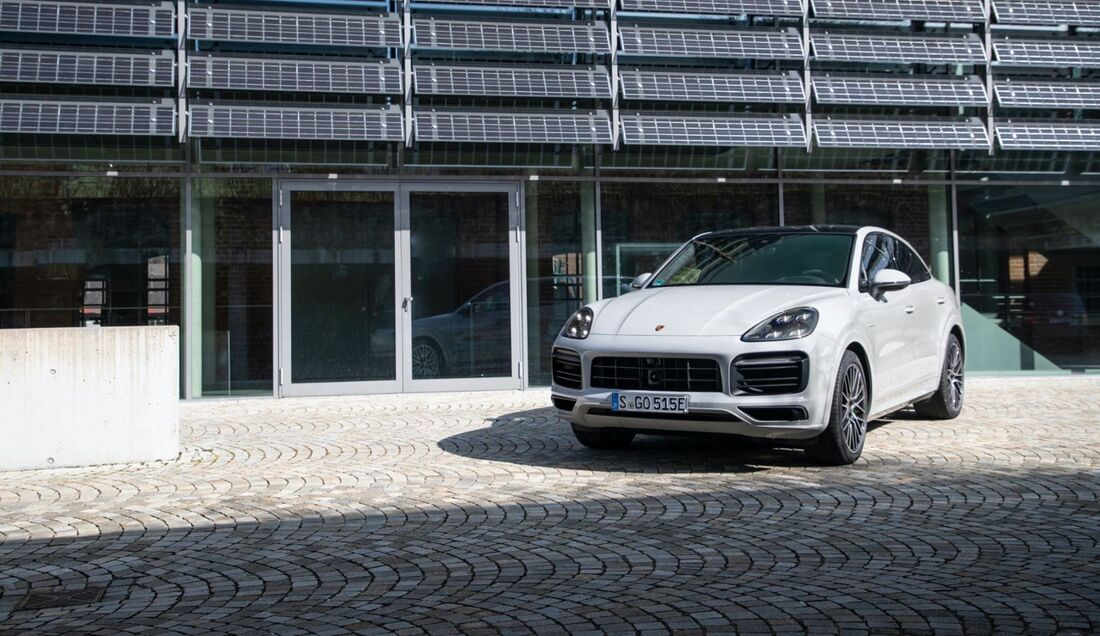
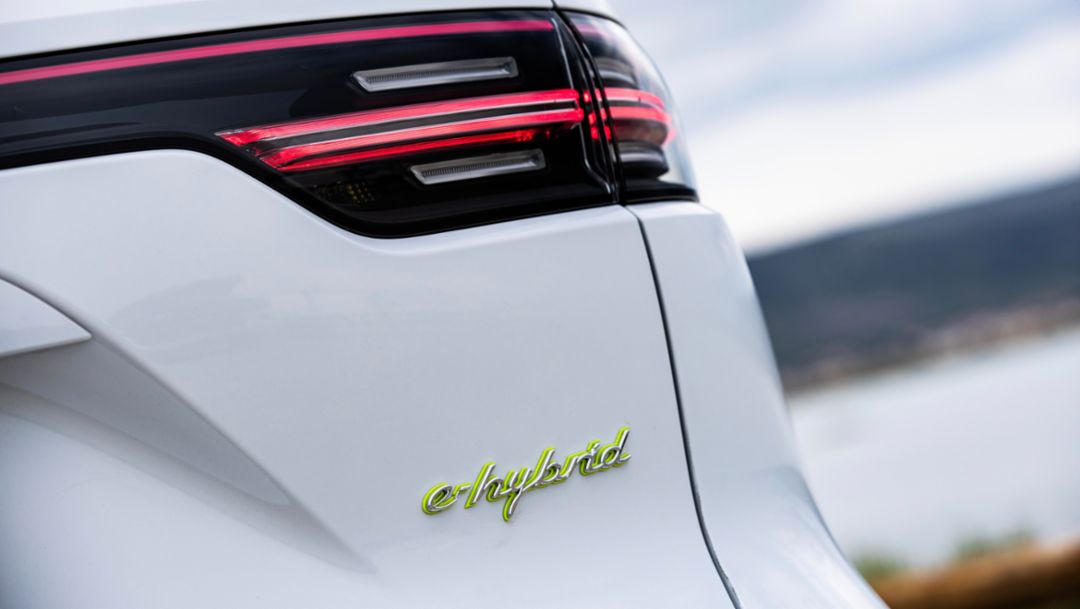
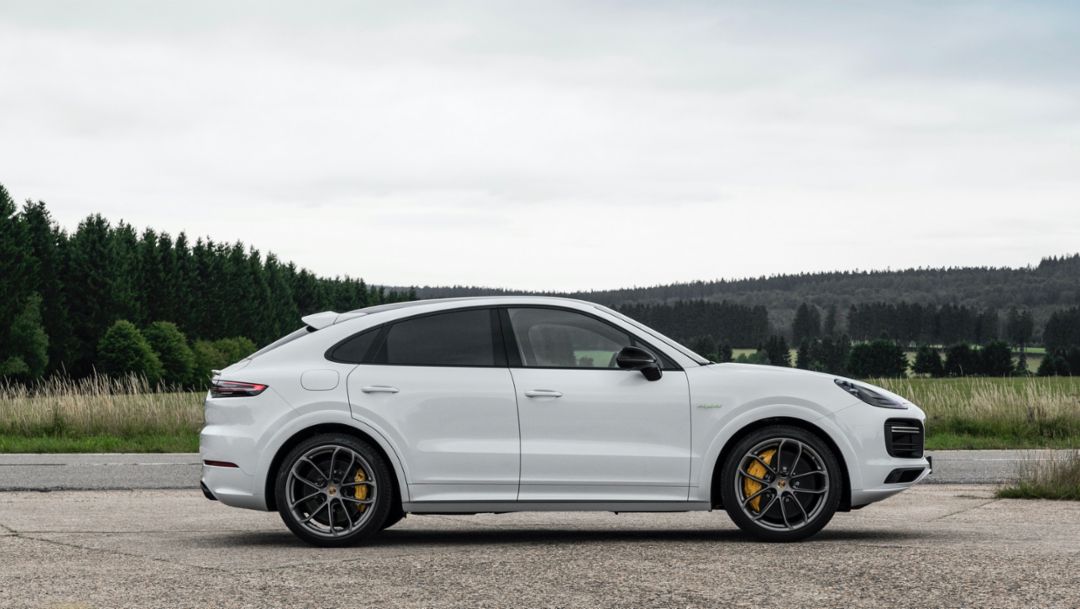
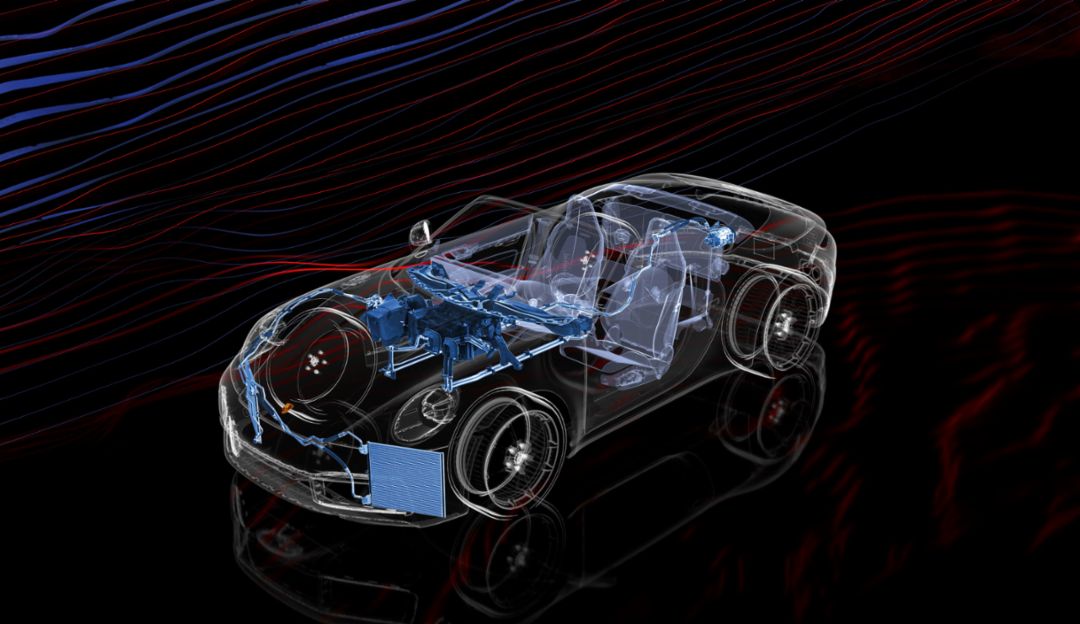
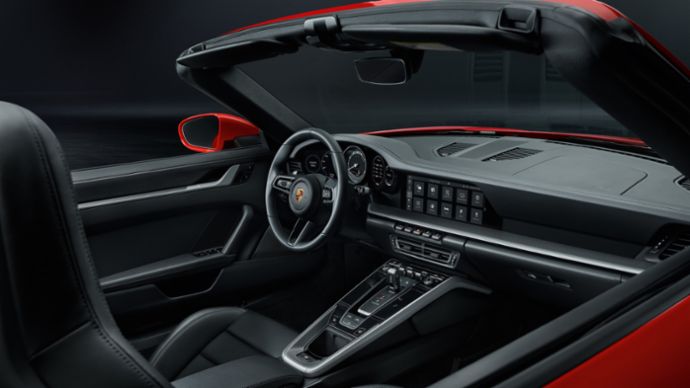
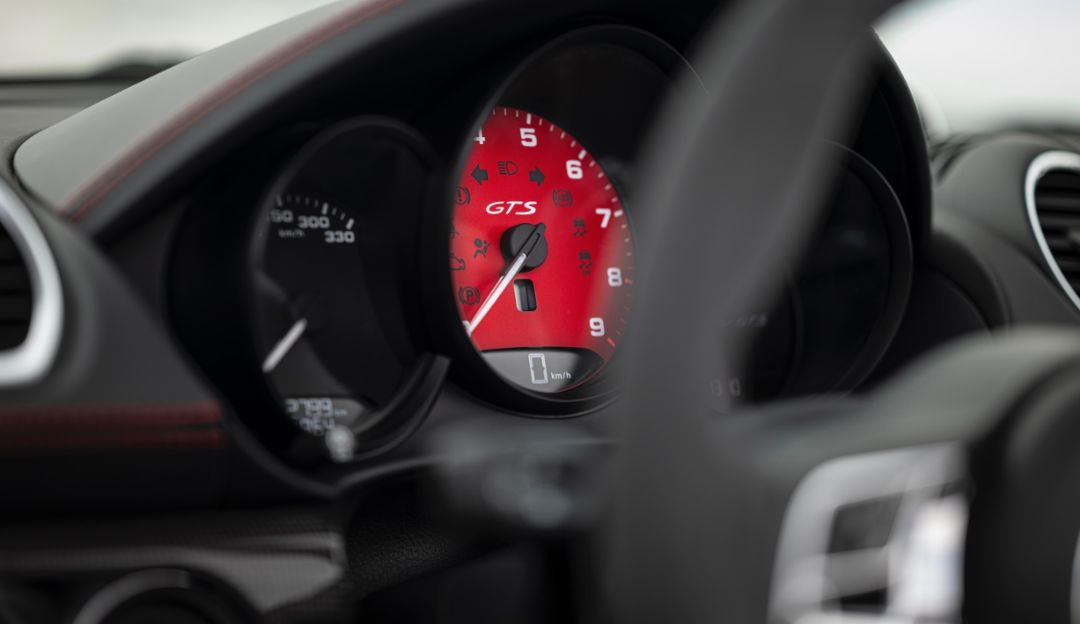
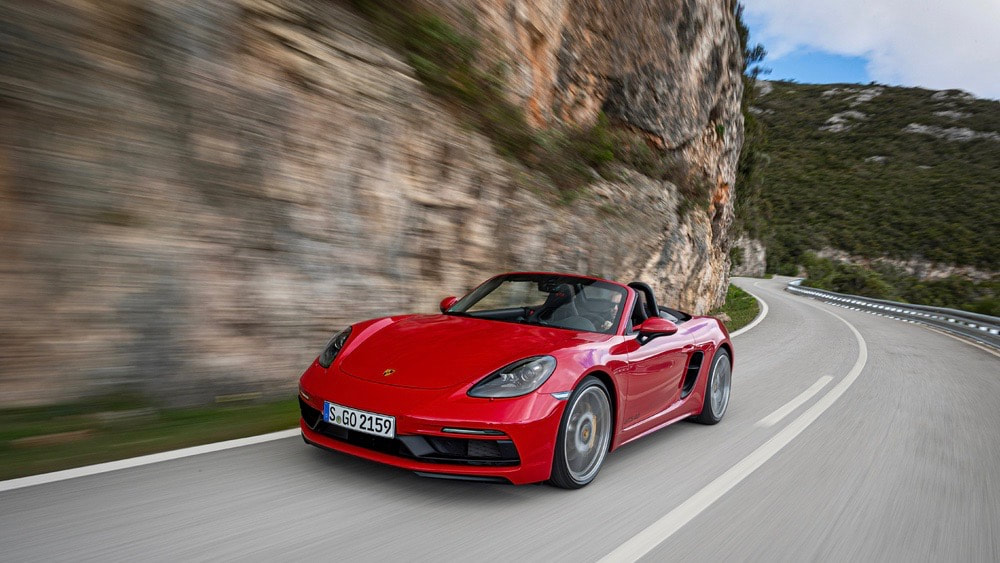
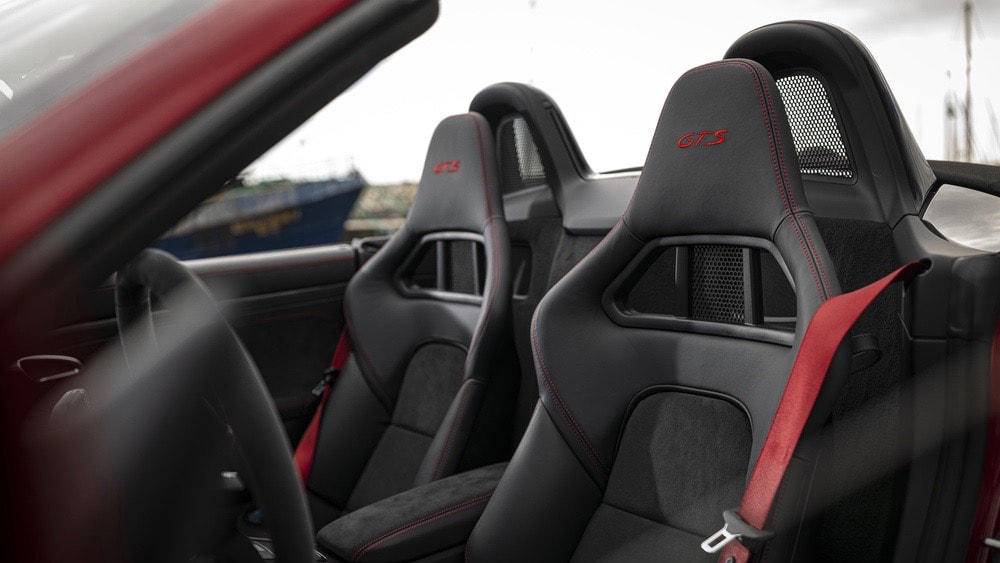
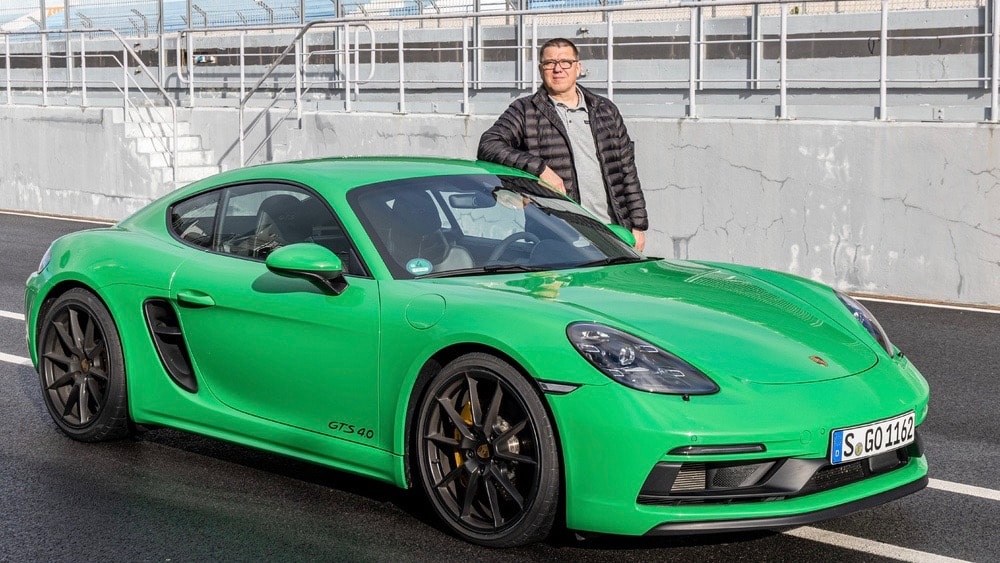
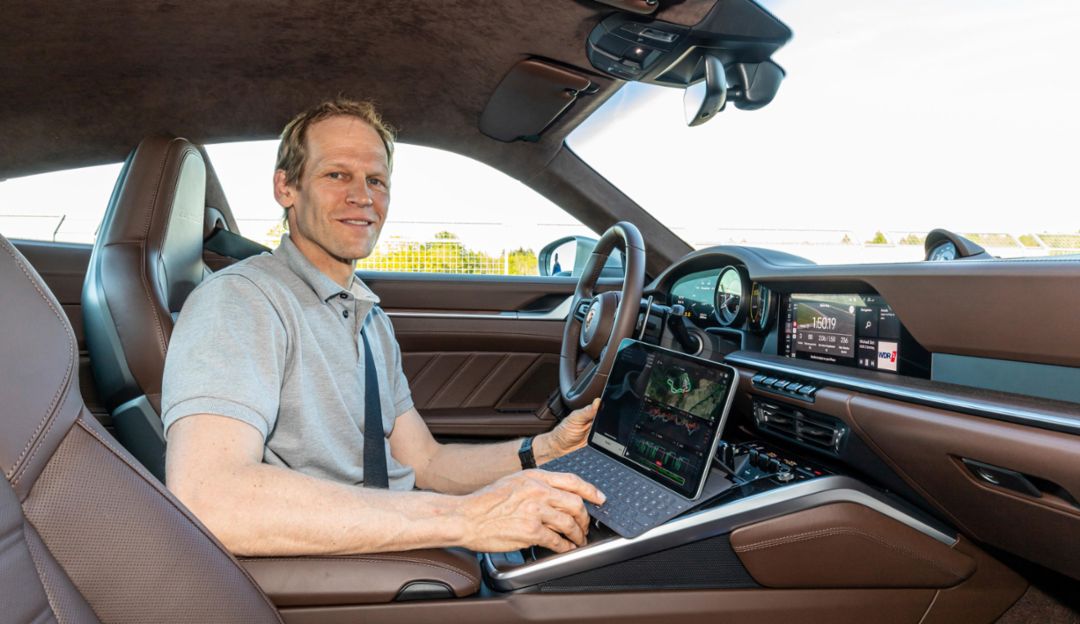
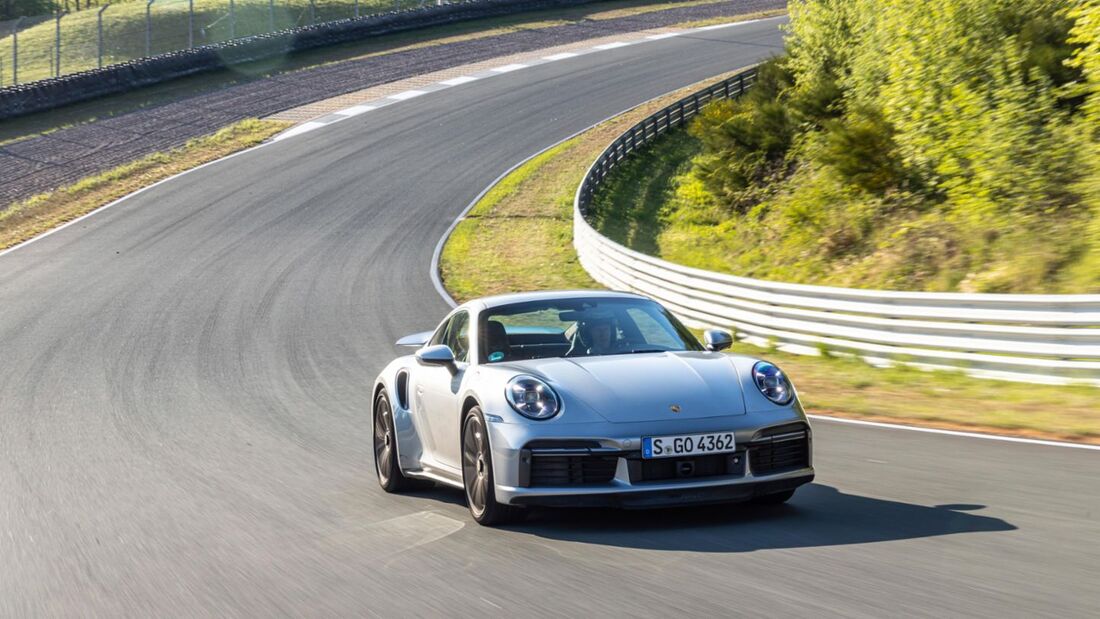
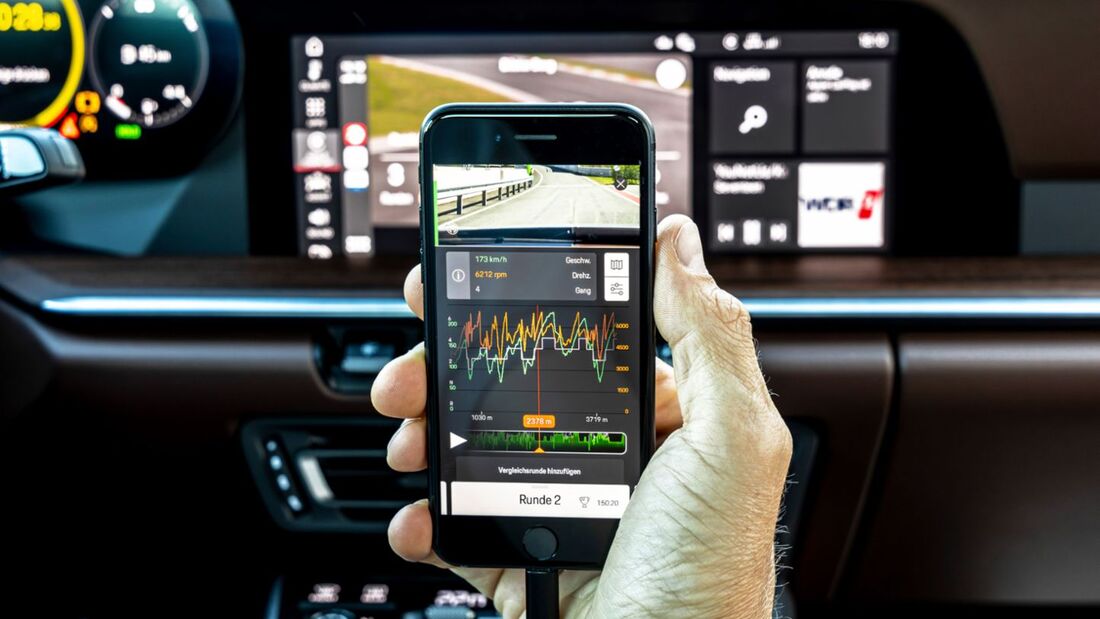
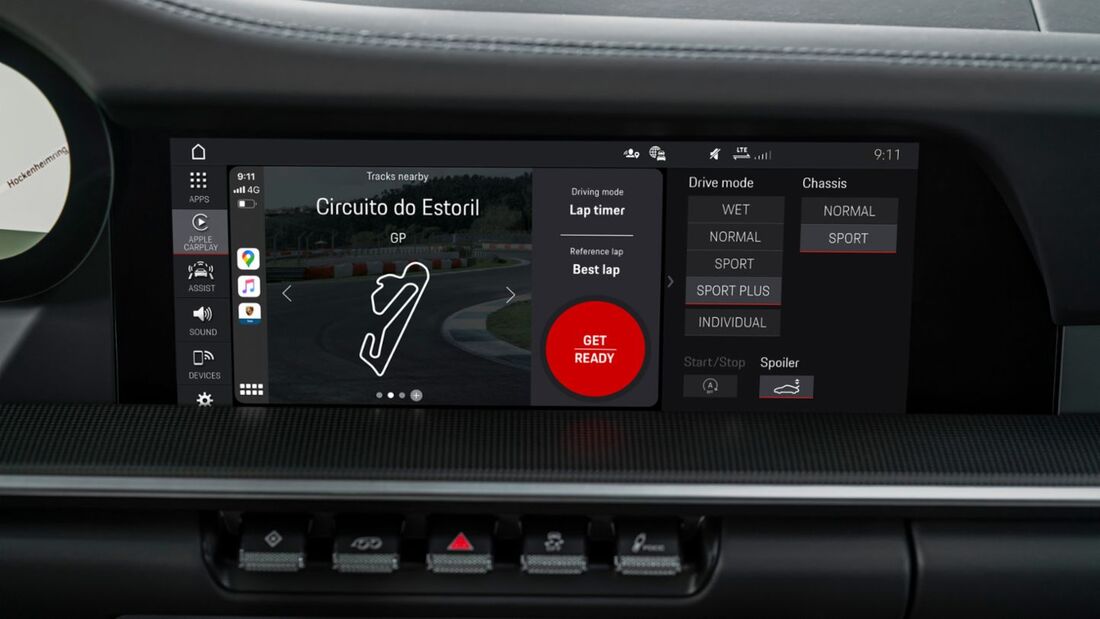
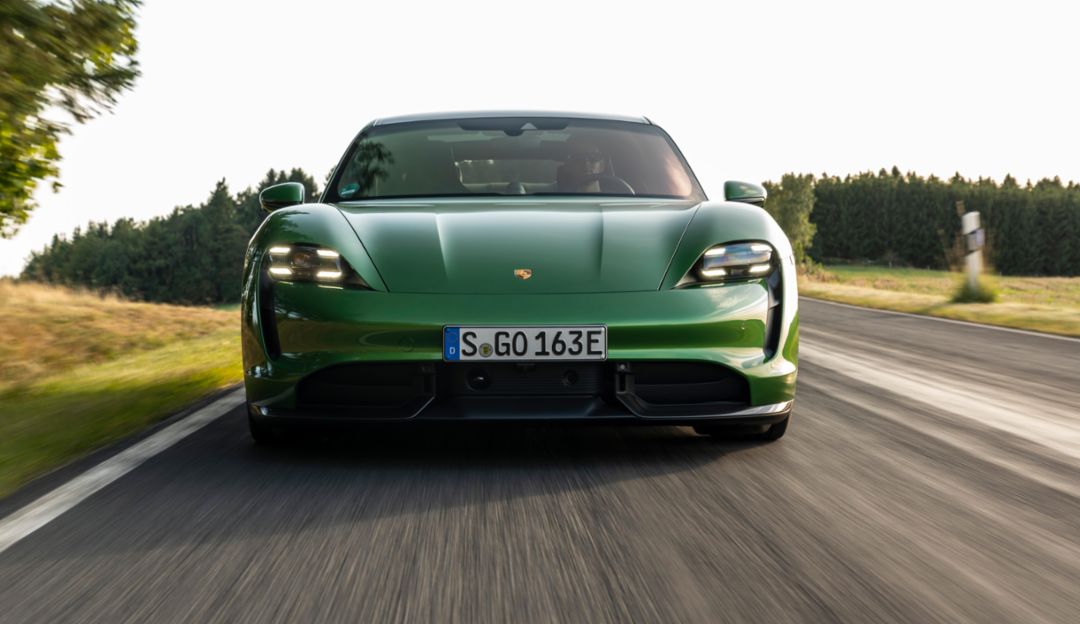
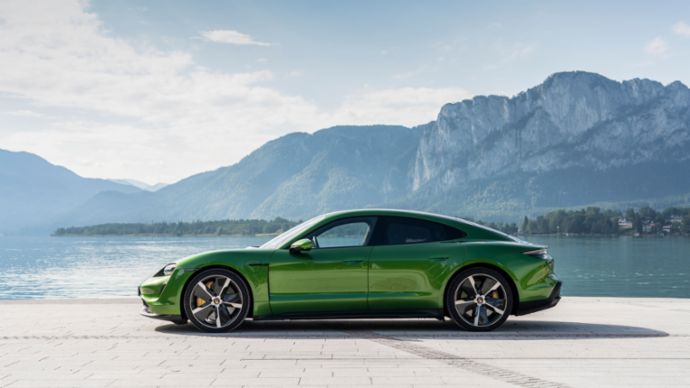
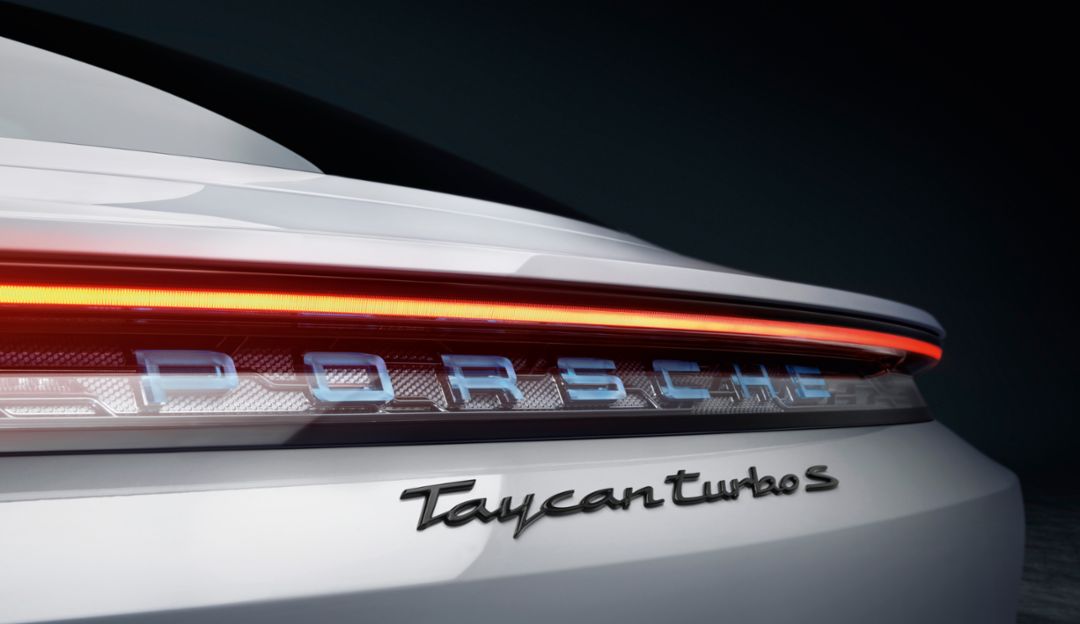
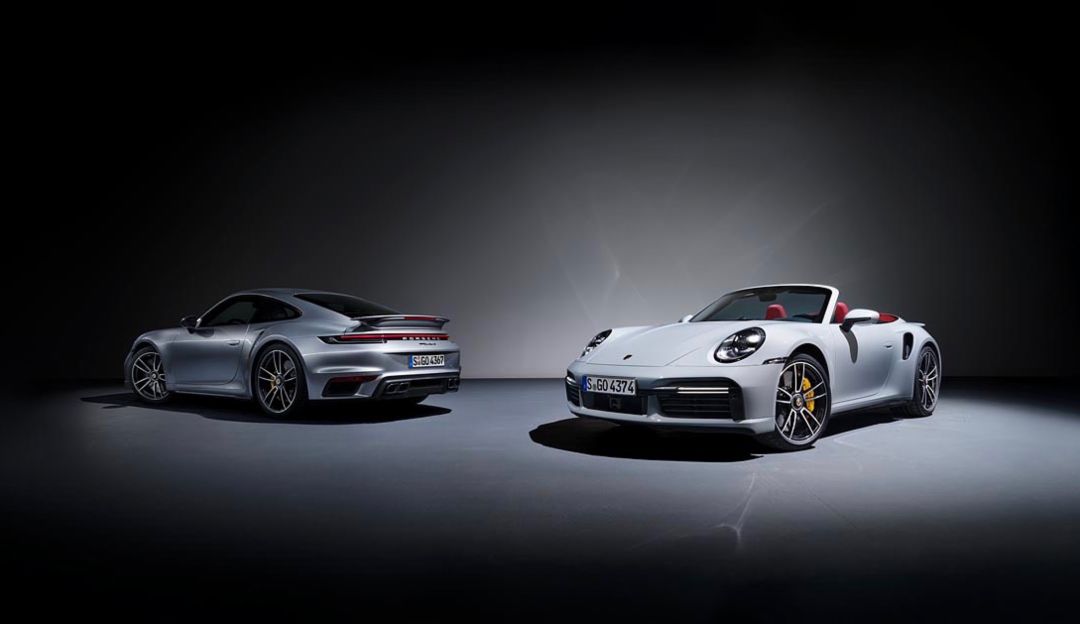
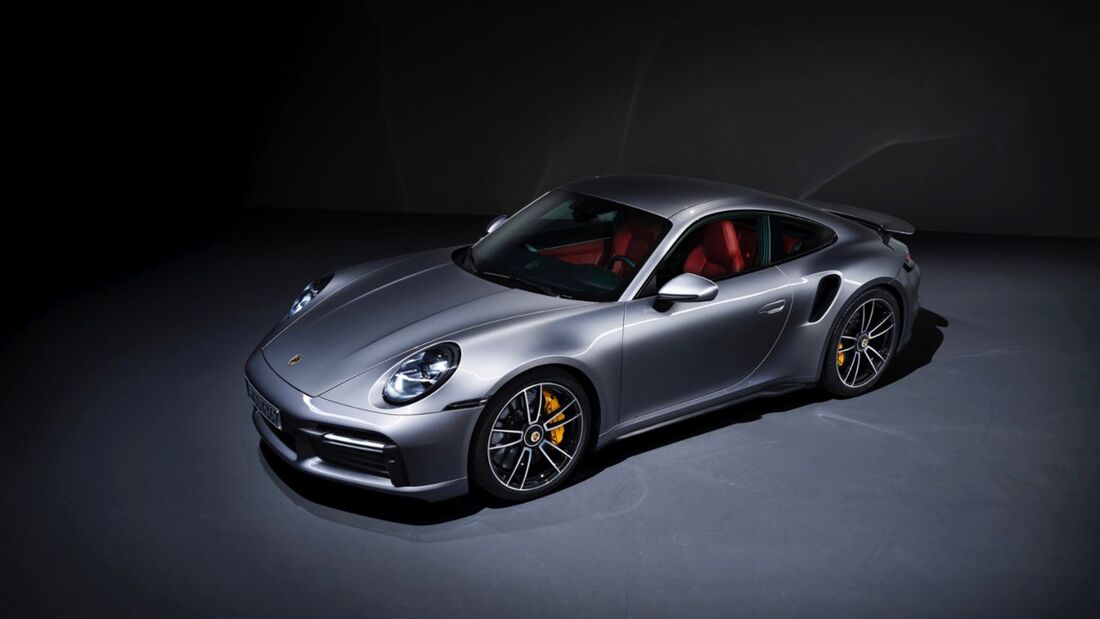
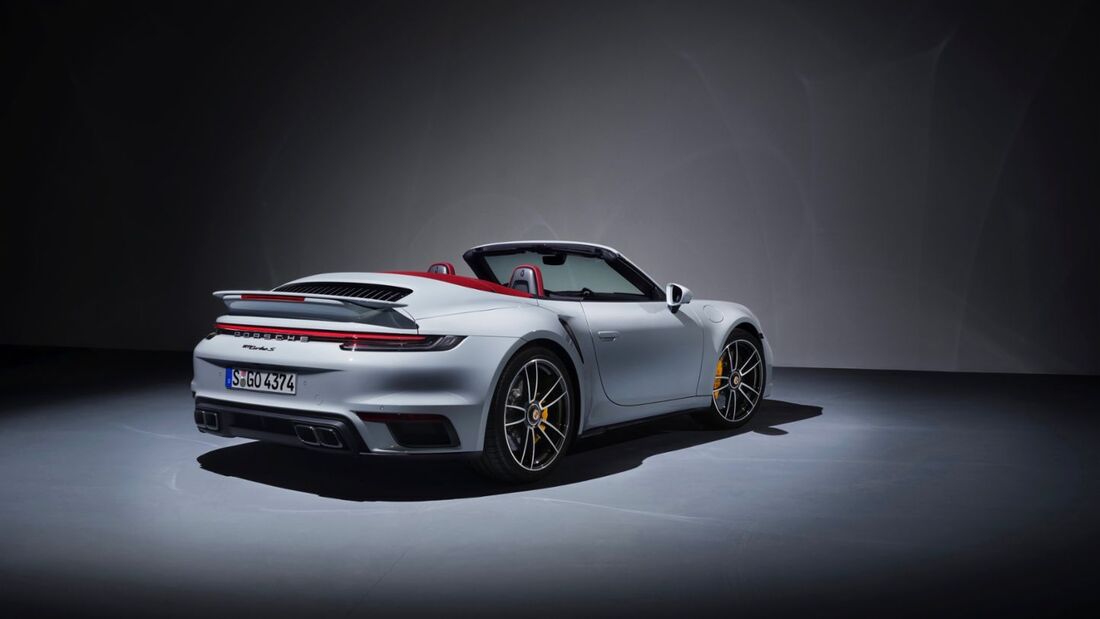
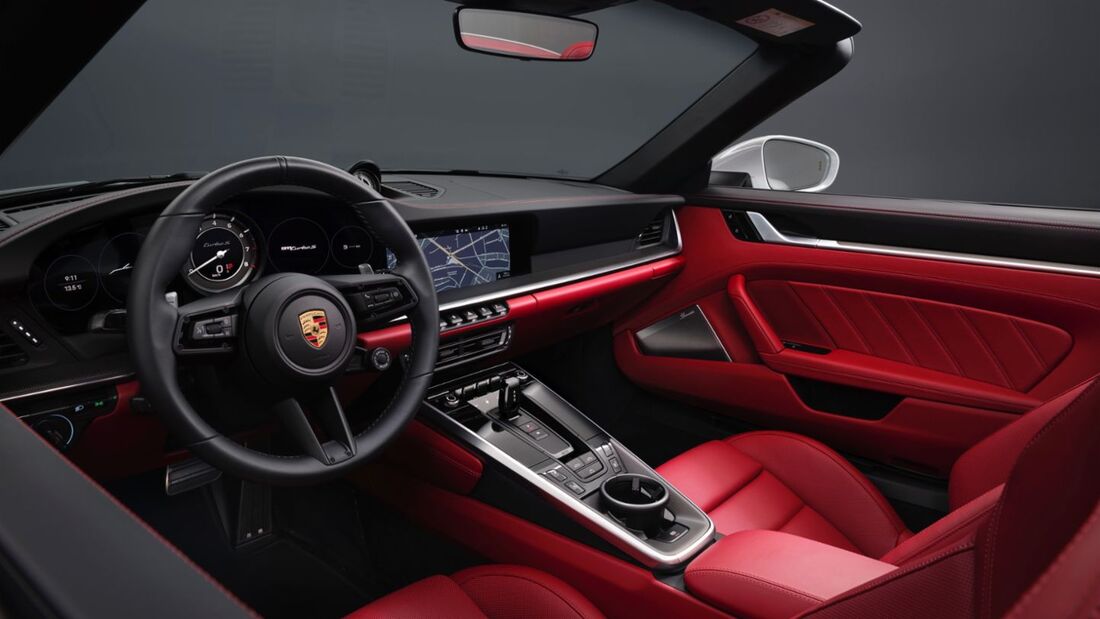
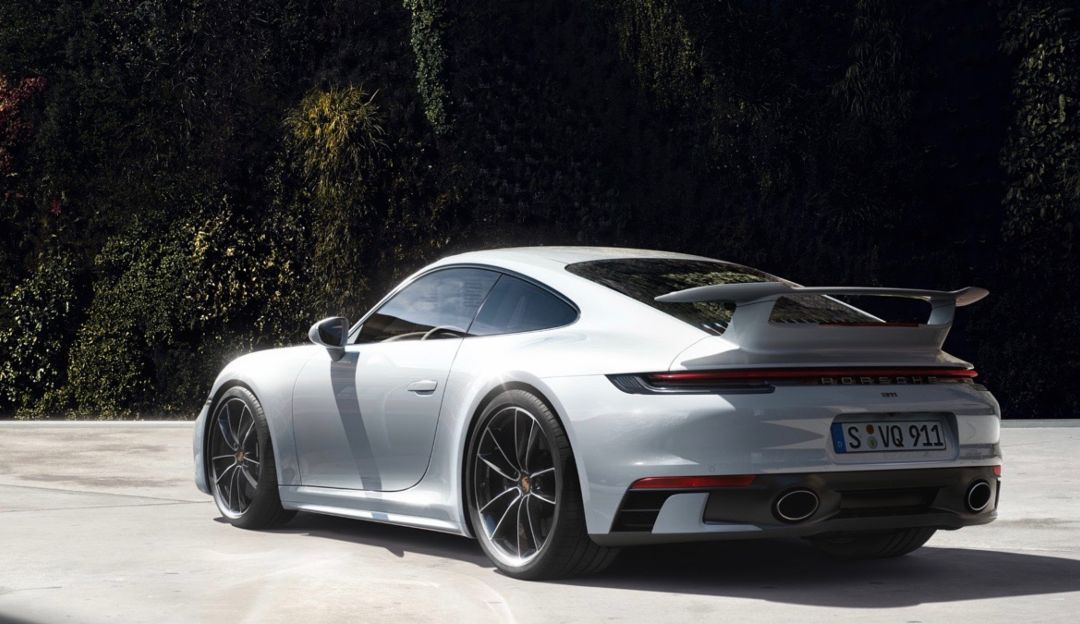
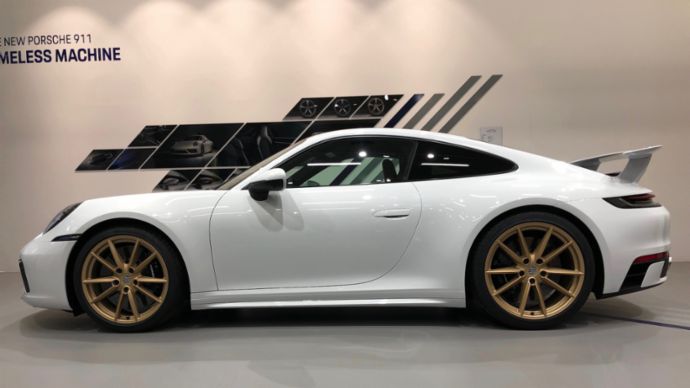
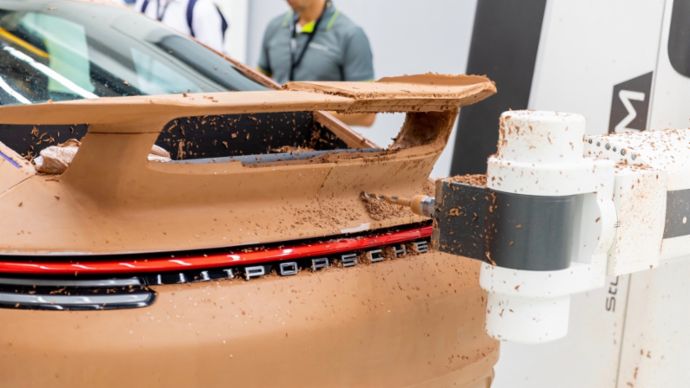
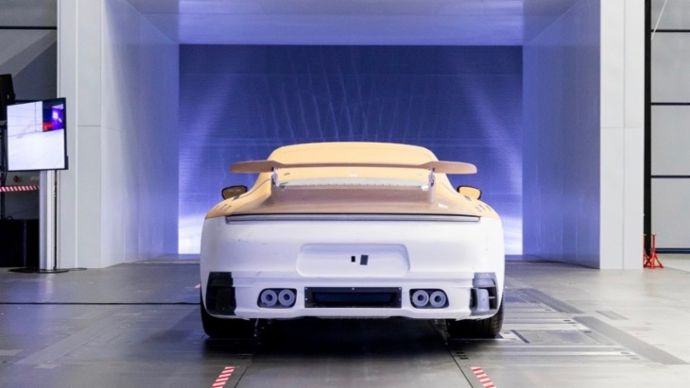

 RSS Feed
RSS Feed